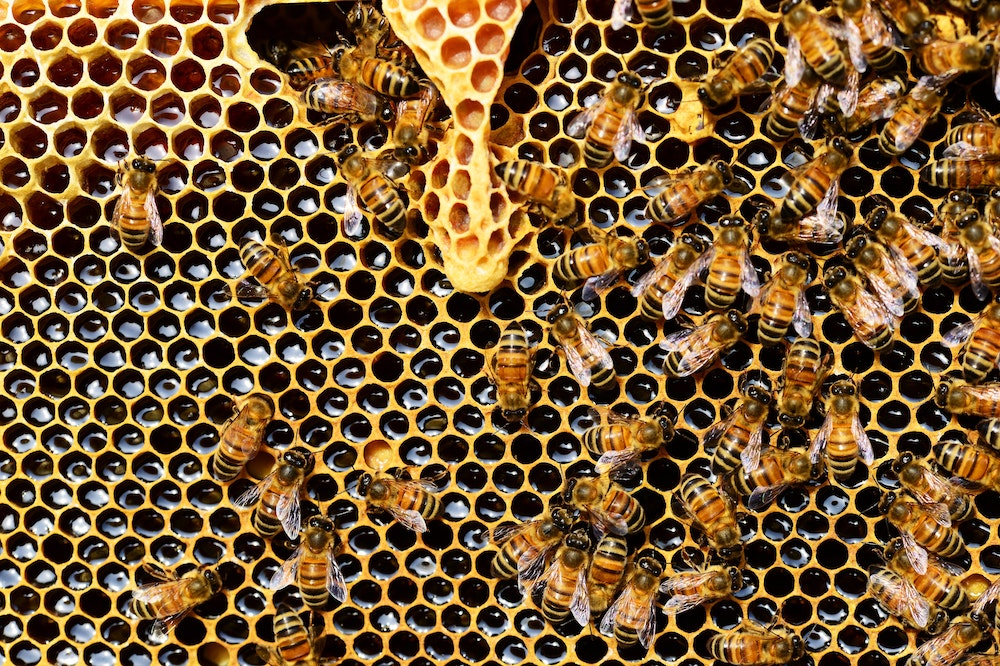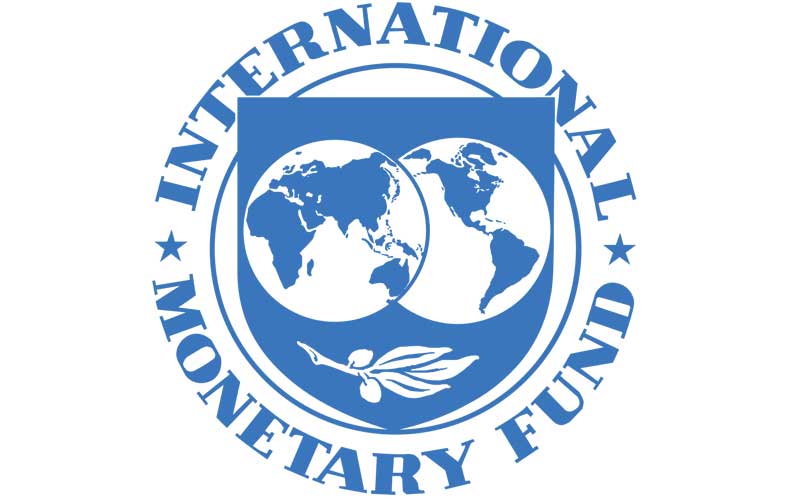Agriculture, among different segments, straightforwardly encounters the impacts of climate alter. Communities battling with destitution and undernutrition are especially defenseless, confronting these challenges with negligible assets. This requires a more climate-resilient approach to farming that boosts efficiency from restricted accessible resources.
Bees have been an fundamentally portion of our environment for millions of a long time, contributing to assembly the world’s developing nourishment requests. In spite of their little measure, they give pivotal biological system administrations basic for nourishment generation. All inclusive, around 400 trim species depend on bumble bee fertilization, underscoring their financial and environmental significance.
Nepal’s assorted agro-climatic conditions assist improve the potential for bumble bee scrounging, underscoring their esteem in the country’s agrarian scene. Be that as it may, the expanding accentuation on monoculture cereal generation and the diligent utilize of pesticides have put honeybees and other pollinators at risk.
Honeybees and their part in relieving the uncertainty
Bees incidentally collect dust and nectar sullied with pesticide buildups, driving to neurotoxicity, safe lacks, behavioral changes, and incessant sicknesses, eventually causing populace declines.
Additionally, different infections caused by infections, microbes, organisms, protozoa, and parasitic vermin contribute to this decrease. If this slant proceeds, destitution and lack of healthy sustenance levels in Nepal will decline, encourage straining common assets and biodiversity.
A consequent nourishment emergency might imperil Nepal’s objective of accomplishing Zero Starvation beneath Maintainable Advancement Objective 2 by 2030. Right now, 5–8 per cent of worldwide edit generation would be misplaced without fertilization administrations, requiring changes in human diets and the development of rural lands to compensate for the setback, hence powers nourishment security dangers worldwide.
Honeybees seem play a vital part in moderating the instability postured by the climate emergency. Tending to the issues influencing bee populaces is fundamental to saddling their benefits. Hands-on preparing for beekeepers, capacity-building programs, and moved forward rural expansion administrations seem essentially upgrade nectar generation and its byproducts whereas moreover expanding the efficiency of oilseed crops, calm natural products, and other agricultural crops.
Many vegetable and natural product crops—such as melons, cucumbers, pumpkins, apples, peaches, kiwifruit, enthusiasm natural product, mangoes, avocados, plums, cherries, cocoa, and coffee—benefit from creepy crawly fertilization. Moreover, nut crops like almonds, cashews, and macadamia, as well as eatable oil crops such as canola and sunflower, depend on pollinators.
Apple orchardists in areas like Colt, Manang, Jumla, and Mugu put bumble bee colonies in their plantations amid blossom periods to encourage cross-pollination of self-incompatible species like Ruddy or Regal Scrumptious apples, altogether moving forward productivity.
Research demonstrates that fertilization administrations contributed USD 477 million to Nepal’s agrarian income in 2018, basically from vegetable and natural product generation. This figure reflects as it were the producer-focused showcase esteem; the genuine esteem, counting consumer-related non-market benefits, is likely much higher. Around 70 per cent of the 75 diverse crops developed in Nepal depend, to a few degree, on creepy crawly fertilization for surrender and quality.
The financial esteem of creepy crawly fertilization in Nepal has expanded more than fivefold since 2005 (from USD 80 million), driven by the government’s endeavors to advance pollinator-dependent cash crops such as apples, citrus, and cardamom beneath the Prime Serve Horticulture Modernization Venture (PMAMP).
Over the past decade, agro-ecological shifts have displayed critical challenges to accomplishing worldwide nourishment security. Media reports are filled with accounts of sporadic climate designs, rising temperatures, expanding ocean levels, and frigid outbursts.
Agriculture, among different segments, straightforwardly encounters the impacts of climate alter. Communities battling with destitution and undernutrition are especially defenseless, confronting these challenges with negligible assets. This requires a more climate-resilient approach to farming that boosts efficiency from restricted accessible resources.
Bees have been an fundamentally portion of our environment for millions of a long time, contributing to assembly the world’s developing nourishment requests. In spite of their little measure, they give pivotal biological system administrations basic for nourishment generation. All inclusive, around 400 trim species depend on bumble bee fertilization, underscoring their financial and environmental significance.
Nepal’s assorted agro-climatic conditions assist improve the potential for bumble bee scrounging, underscoring their esteem in the country’s agrarian scene. Be that as it may, the expanding accentuation on monoculture cereal generation and the diligent utilize of pesticides have put honeybees and other pollinators at risk.
Honeybees and their part in relieving the uncertainty
Bees incidentally collect dust and nectar sullied with pesticide buildups, driving to neurotoxicity, safe lacks, behavioral changes, and incessant sicknesses, eventually causing populace declines.
Additionally, different infections caused by infections, microbes, organisms, protozoa, and parasitic vermin contribute to this decrease. If this slant proceeds, destitution and lack of healthy sustenance levels in Nepal will decline, encourage straining common assets and biodiversity.
A consequent nourishment emergency might imperil Nepal’s objective of accomplishing Zero Starvation beneath Maintainable Advancement Objective 2 by 2030. Right now, 5–8 per cent of worldwide edit generation would be misplaced without fertilization administrations, requiring changes in human diets and the development of rural lands to compensate for the setback, hence powers nourishment security dangers worldwide.
Honeybees seem play a vital part in moderating the instability postured by the climate emergency. Tending to the issues influencing bee populaces is fundamental to saddling their benefits. Hands-on preparing for beekeepers, capacity-building programs, and moved forward rural expansion administrations seem essentially upgrade nectar generation and its byproducts whereas moreover expanding the efficiency of oilseed crops, calm natural products, and other agricultural crops.
Many vegetable and natural product crops—such as melons, cucumbers, pumpkins, apples, peaches, kiwifruit, enthusiasm natural product, mangoes, avocados, plums, cherries, cocoa, and coffee—benefit from creepy crawly fertilization. Moreover, nut crops like almonds, cashews, and macadamia, as well as eatable oil crops such as canola and sunflower, depend on pollinators.
Apple orchardists in areas like Colt, Manang, Jumla, and Mugu put bumble bee colonies in their plantations amid blossom periods to encourage cross-pollination of self-incompatible species like Ruddy or Regal Scrumptious apples, altogether moving forward productivity.
Research demonstrates that fertilization administrations contributed USD 477 million to Nepal’s agrarian income in 2018, basically from vegetable and natural product generation. This figure reflects as it were the producer-focused showcase esteem; the genuine esteem, counting consumer-related non-market benefits, is likely much higher. Around 70 per cent of the 75 diverse crops developed in Nepal depend, to a few degree, on creepy crawly fertilization for surrender and quality.
The financial esteem of creepy crawly fertilization in Nepal has expanded more than fivefold since 2005 (from USD 80 million), driven by the government’s endeavors to advance pollinator-dependent cash crops such as apples, citrus, and cardamom beneath the Prime Serve Horticulture Modernization Venture (PMAMP).






Leave a Reply